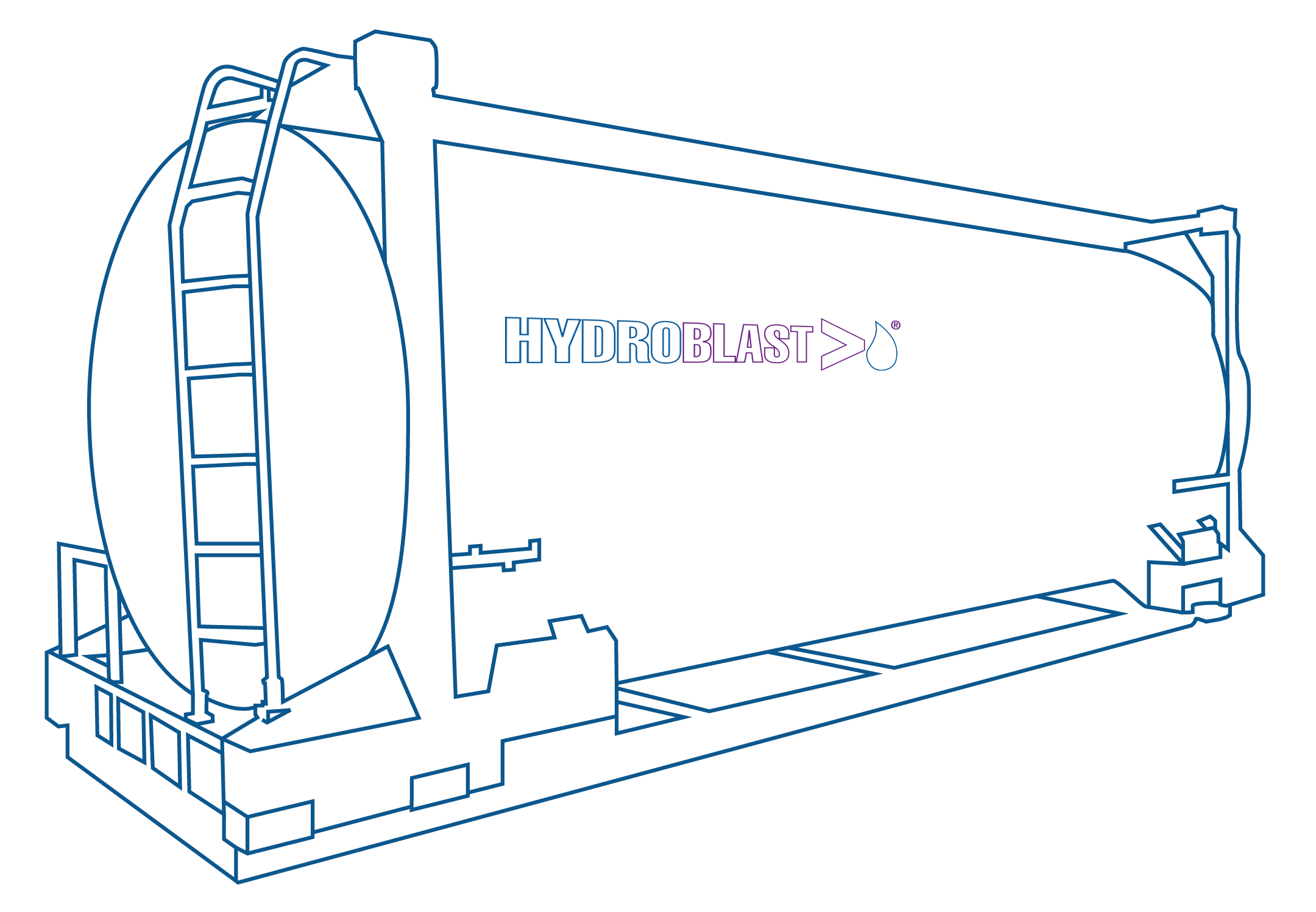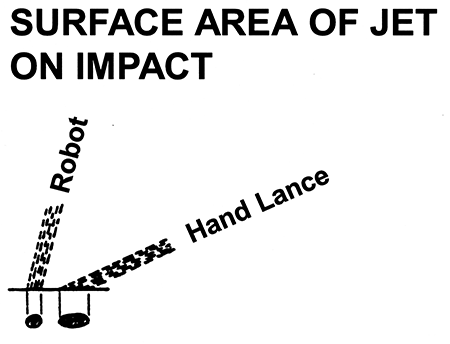Water Usage In Hydrodemolition
Contact usWater Usage Is Less When Using An Aqua Jet Robot
We are always happy to explain how much water we will use before we commence work. For reasons of safety and convenience, we prefer to use our robot and power pack.
Many people naturally assume that a larger pump will use more water, but this is not necessarily true. In theory, the flow rate should directly affect the rate at which the concrete will be taken away from the surface that is being worked on. But in practice, this is often not the case. Here we will explain a little more.
Safe Water Waste Treatment
The waste water produced during hydrodemolition needs to be dealt with safely. This is why we offer safe waste water treatment.

150hp pump (40 litres/min@1200Bar), with an operator using a hand-held lance, may remove 0.75-1.0m3 of concrete in a single shift. Compare this to:
700hp pump (260 litres/min@1000Bar), with the same operator using an Aquajet Robot, will remove 6.5-10.0m3 of the same concrete in the same amount of time.
As this instance illustrates, along with the information you can see in Fig.2, Aqua Cutter systems allow the operator a greater degree of control over the jet. This means that the water is being used much more efficiently and productively than it would be during hand lancing, getting rid of greater amounts of concrete in the same time span. So although it may seem that the bigger pumps would use more water, they can actually save up to 25-40% of the overall volume used. This is why these systems are such a great option for businesses looking to engage in more environmentally friendly working practices.
When we explain that we need to use 260 litres of water per minute, this seems like a lot. But we ask you to consider the information presented in this table. Hydrodemolition water usage and typical breakout comparisons (21st November 2013). This information is taken from Break out rate sheets.

| BAR | Flow Rate | Reaction Force | Speed of Water | Breakout/Shift m3 | Water 8 Hours | Water m3 |
| 2500 | 20 | 233 | 686 | 0.55 | 9600 | 17,456 |
| BAR | Flow Rate | Reaction Force | Speed of Water | Breakout/Shift m3 | Water 8 Hours | Water m3 |
| 2500 | 40 | 467 | 686 | 0.85 | 19,200 | 22,588 |
| 1000 | 34 | 251 | 434 | 0.66 | 16,320 | 24727 |
| 1000 | 40 | 295 | 434 | 0.7 | 19,200 | 27,429 |
| 1000 | 57 | 421 | 434 | 0.85 | 27,360 | 32,188 |
| 1200 | 40 | 323 | 476 | 0.75 | 19,200 | 25,600 |
| 1500 | 57 | 515 | 532 | 1 | 27360 | 27360 |
| BAR | Flow Rate | Reaction Force | Speed of Water | Breakout/Shift m3 | Water 8 Hours | Water m3 |
| 1000 | 228 | 1683 | 434 | 4.4 | 109,440 | 24,873 |
| BAR | Flow Rate | Reaction Force | Speed of Water | Breakout/Shift m3 | Water 8 Hours | Water m3 |
| 1000 | 261 | 1926 | 434 | 5 | 125,280 | 25,056 |
| BAR | Flow Rate | Reaction Force | Speed of Water | Breakout/Shift m3 | Water 8 Hours | Water m3 |
| 1000 | 488 | 3602 | 434 | 234,240 |
If we then consider the green “power pack 2″ line, we can see that the reaction force is 4.5 times greater at 1926 Newtons. Although this pump is using almost five times the amount of water as the pump in the yellow example, the reaction force is also nearly five times greater. Unlike a human operative, the robot can consistently carry out the same action as many times as needed without getting tired or losing accuracy.
